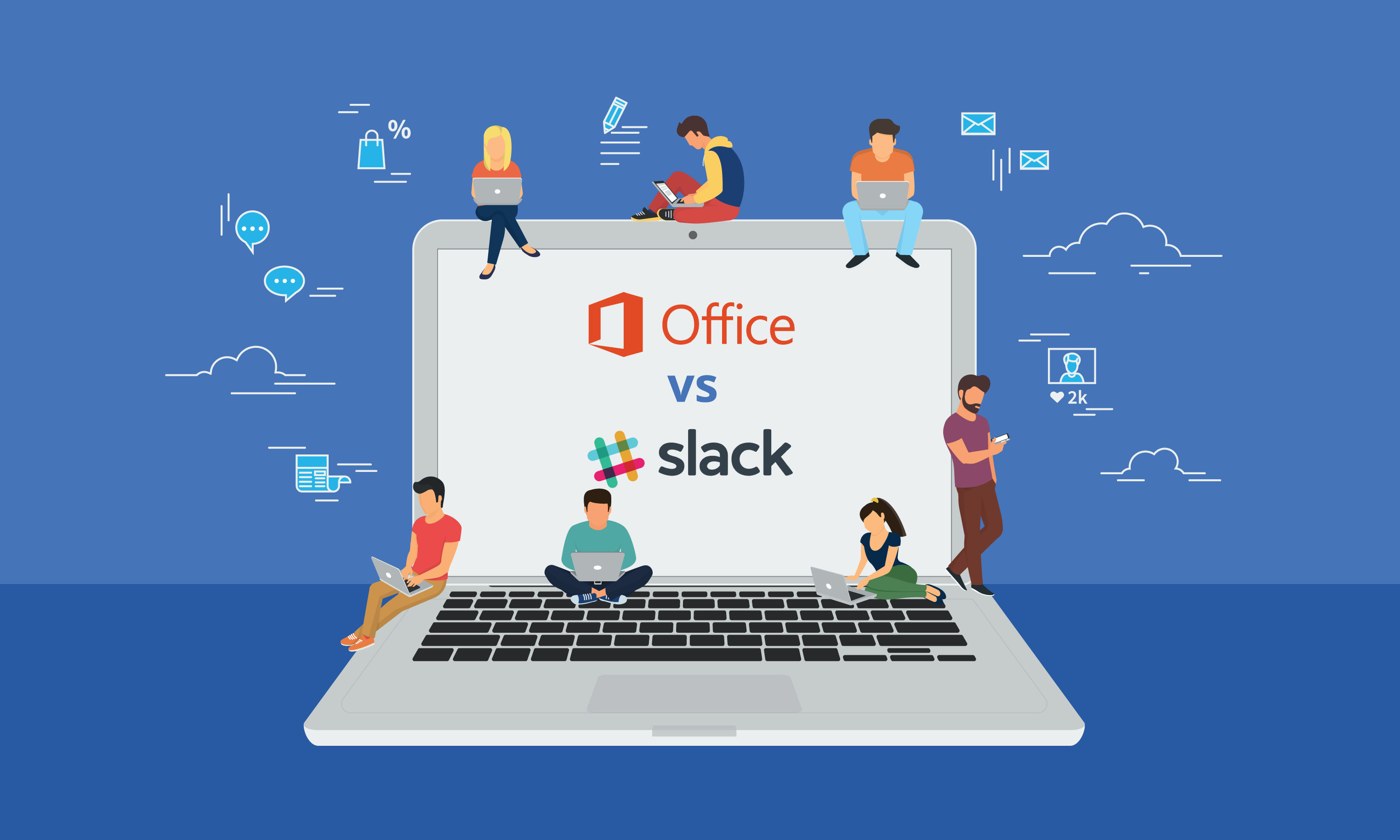
Outlook vs Slack
Until relatively recently, Outlook was the de facto standard for business communications. Now, while it’s still a mainstay, its place at the top of the digital communications tree is being challenged by a range of messaging systems, with Slack leading the charge.
The basic similarities between Outlook and Slack
Both Outlook and Slack are available in desktop and online versions as well as apps for both iOS and Android, and both are typically used by businesses rather than by consumers. Microsoft does offer both phone support and video tutorials for Outlook, and there is an online support and knowledge base offered by Slack.
The case for Slack
As Slack is the newcomer to the communications party, the onus is arguably on it to prove its value. For many people, the key value of Slack is that it essentially operates on a “white list” basis. In other words, as soon as someone has your email address (which, in the corporate environment can often be guessed by external parties since they tend to follow standard patterns), they can send you email whether you like it or not unless you actively block them. With Slack, you actively invite people onto your Slack “channels” and only they can contact you.
The case for Outlook
At the present time, Outlook has a level of functionality above and beyond anything Slack can offer – if you know how to use it. It can easily replicate the concept of “channels” as used in Slack by means of filtering. It can also be made highly searchable through the use of “categories”, which are similar to the “labels” used in Gmail or the hashtags which are widely used throughout the internet. It also offers lots of “nice to have” functionality, such as voting buttons as well as native integration with time-management and productivity features such as calendar, tasks etc.
So which is better?
As always, the answer depends on what you want to achieve and, if you have the money, both are good options for separate purposes.
The nature of Slack makes it great for team working. In simple terms, the fact that you have to agree to allow people to join your Slack channels means that it cuts through the dross of email without the hassle of setting up filters and ensures that you only ever see communication from relevant people.
Having said that, Slack is only as effective as the people who use it and if people ignore instructions to keep random chit chat to a dedicated channel, the main channel(s) can quickly get clogged up with irrelevant conversation.
Outlook – or its online counterpart Outlook.com – will probably remain the email tool of choice for anyone who has to receive communication from a variety of sources, e.g. sales and customer service teams and is popular as a communications tool for anyone who needs a higher level of functionality than Slack has to offer.
Having said that, Slack is innovating all the time and has a dedicated and almost evangelical user base that will defend it to the hilt. As is frequently the case, individual user preference will take precedence and the right tool for the job will depend on the precise needs of a project.



